The Log Cabin Joseph A. Jesmer Built In Greenbush Minnesota in 1867.
The Log Cabin Joseph A. Jesmer Built In Greenbush Minnesota in 1867.

Joseph A. Jesmer, my great-great- grandfather, moved to Greensbush Township Minnesota, near Princeton MN in order to farm. He and two brothers built a log cabin and started clearing land, alongside about 25 of his relatives. They had all moved from upper state New York State, where they lived around Hogansburg and Bombay. In fact Joseph was raised on a farm lying in-between Hogansburg and Bombay.
In the Midwest, cabins were one room and hewn from logs. They were build on foundations of field stone. In DeKalb County Illinois, they recently found a cabin, preserved within the walls of farm house that was built around it! In Ethelbert Manitoba, in 2017, I explored an old abandoned farm house. The inside was all collapsed into the basement. The collapsed walls on the main floor were made of what looked like railway ties. I now know that it was a log cabin, with a farm house built around it. That was in Manitoba. I will bet dollars to doughnuts, that is what happened to Joseph A. Jesmer’s old cabin. It was surrounded by a new farmhouse, a farmhouse so big, that it could house thirty people for a dinner/dance.
The following is the abandoned farm house in Ethelbert Manitoba 2017. Not the log wall on the collapsed interior.

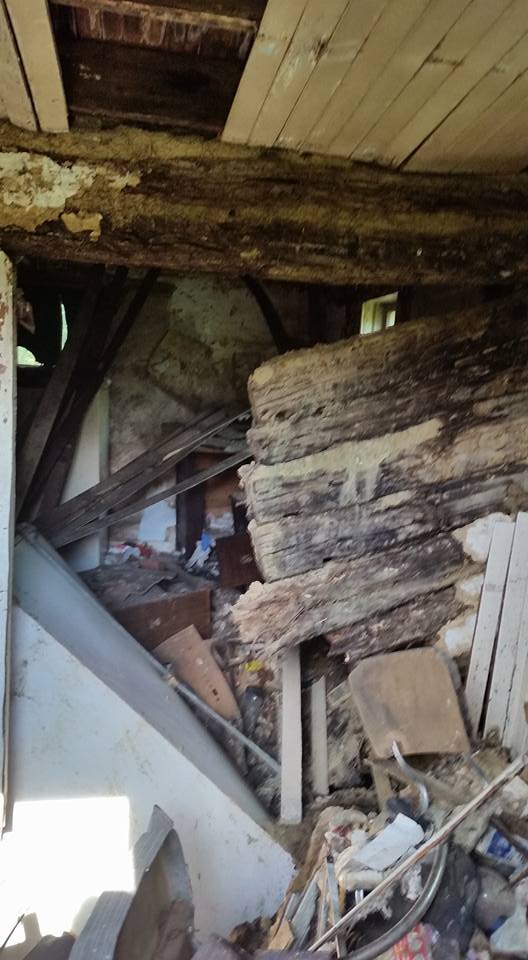
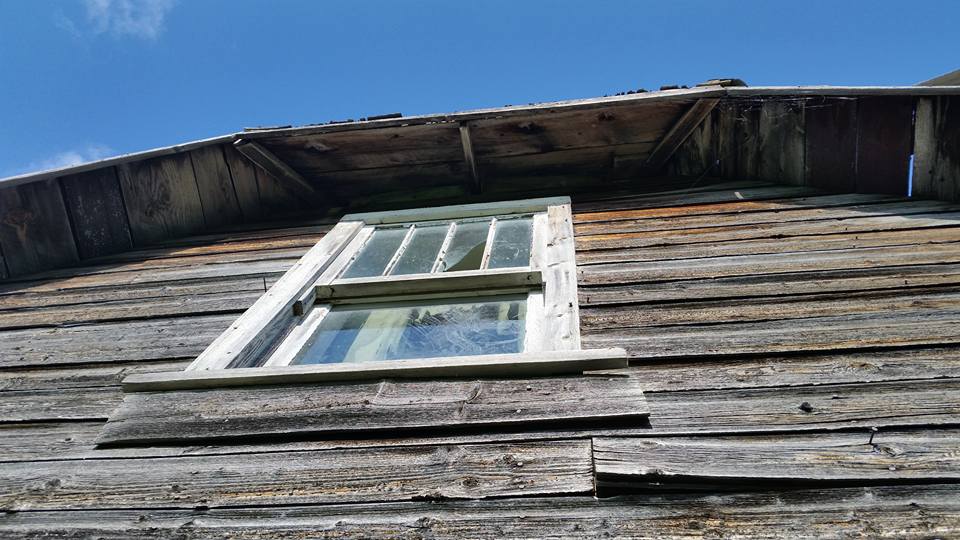
Building a farm house around a log cabin is a great idea, because the builders have someplace to live as the larger house is being built.
Here is an account of Joseph coming to the region…
In 1867, at the age of thirty two, Joseph and his wife, Mary Ann and six of their young children, as well as fifteen close relatives decided to make to 1200 miles trek to South/central Minnesota. The journey was most likely by train to MPLS MN and then by wagon for there was a road system to St Cloud.
According to Janet Evers, a Jesmer descendent, now dead, “The four Jesmer brothers arrived in the area about 1867 and Nelson Grow and Adeline Jesmer in 1869. The Robideaux’s, other Grow’s, DeShaw’s, Belair’s, etc. came along later.” Traveling west, they would stop in Taylor Falls, on the MN/Wisc border, and purchased land from the federal government, who was eager to sell the land and set up new communities in order to collect taxes.( According to the Bureau of Land management: Eastern States. 7450 Boston Boulevard Springfield VA 22153-3121 att. GLO Records Access Section)… Joseph purchased Section 32, township 36-N, Range 27W, Fraction Section: N, Meridian 4th principle, Meridian-1831 Minnesota/Wisconsin, Acres = 160, Mille Lacs County, Document No. 499, Misc Document Number = 583, Authority= May 20, 1862, Homestead entry = 12 sat. 392. Signature present = yes, signature date = 9/1/1874, Land Office = Taylor Falls. (a person can order this document)
They landed in St. Paul and stayed until the fall when they traveled 60 miles north to Greenbush Township and built a log cabin in the densely wooded area. Simply speaking, his land is seven miles west of Princeton. (When traveling on Highway 95, turn south on 160th street and turn east on 20th street and you will be on the north edge of section 32. His land was the north half of section 32.)
When Joseph and his family arrived the area was wilderness. There was some logging going on. Joseph came with his two brothers, Adulphus D. Jesmer, and Nelson Edward Jesmer. Between the three brothers all they had was $1.65 and a sack of flour. Together they built a log cabin and began the long arduous task of clearing the land and planting crops. Nelson E. Jesmer began to work in a logging camp where he saved his money and later opened a general store in Princeton and did very well for himself. (His general store was a large brick building called the
NJB building. “Nelson Jesmer Building”. (He had two stores and an opera house on top of the 2nd store) Eventually it burnt down. Adulphus D. stayed with Joseph and continued to farm. According the “The History of the Upper Mississippi Valley” (p. 678) Joseph’s farm grew until it was a, “well improved farm of 320 acres.” Which is one half of a section.
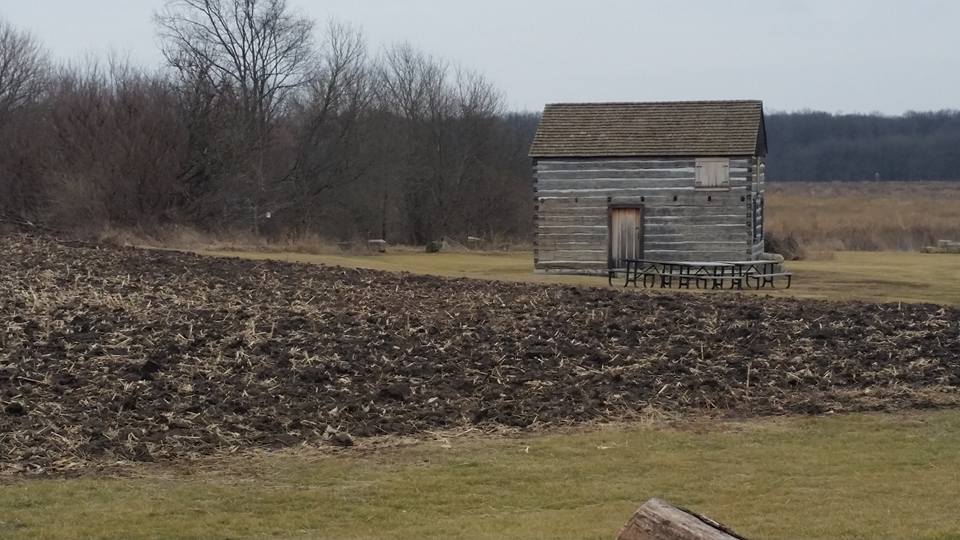





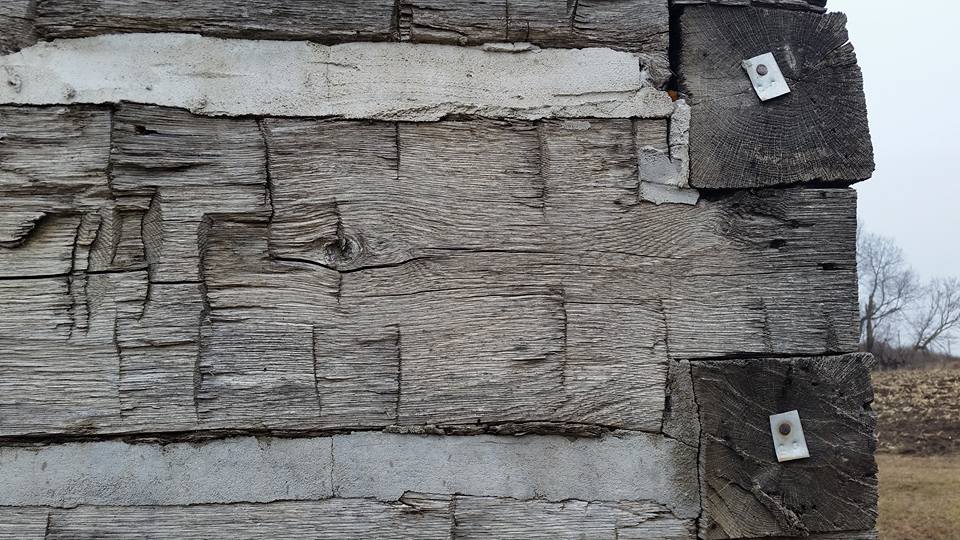

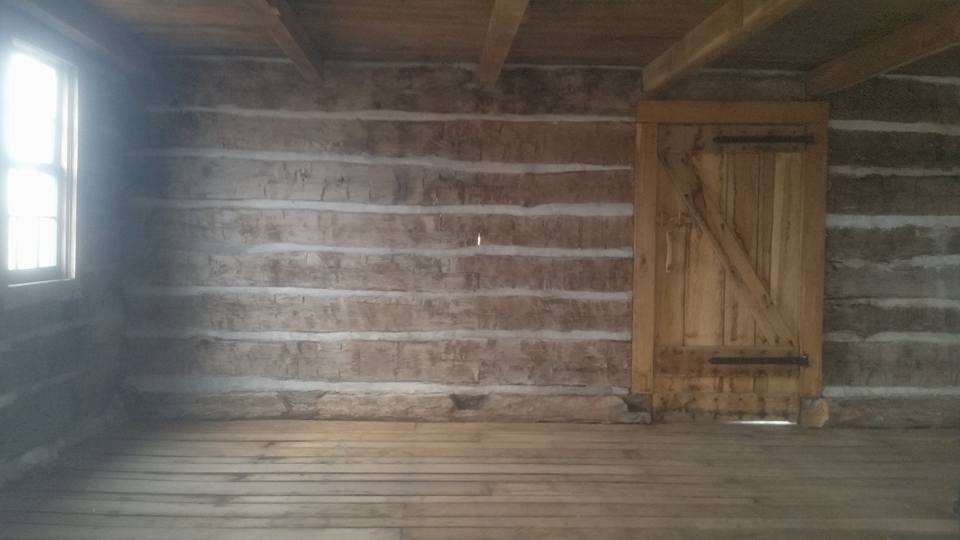
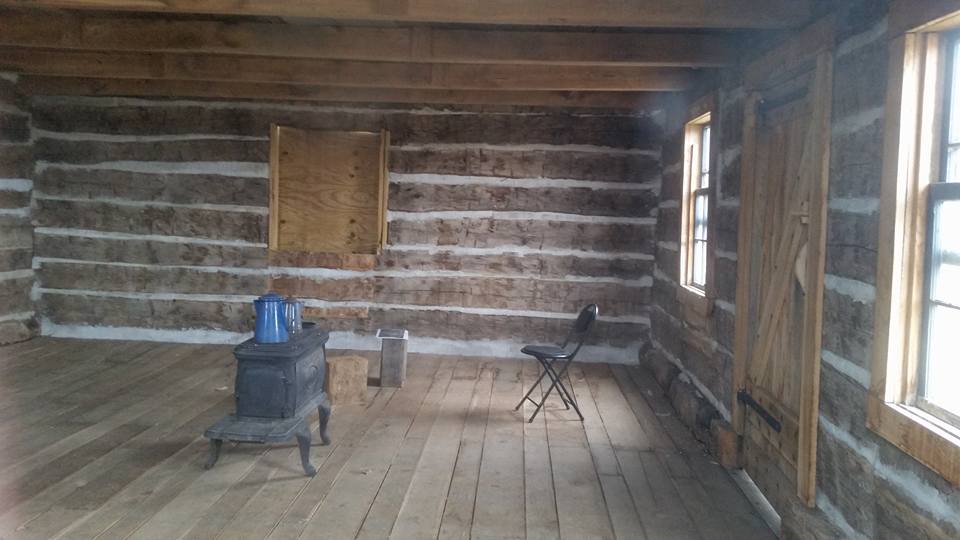



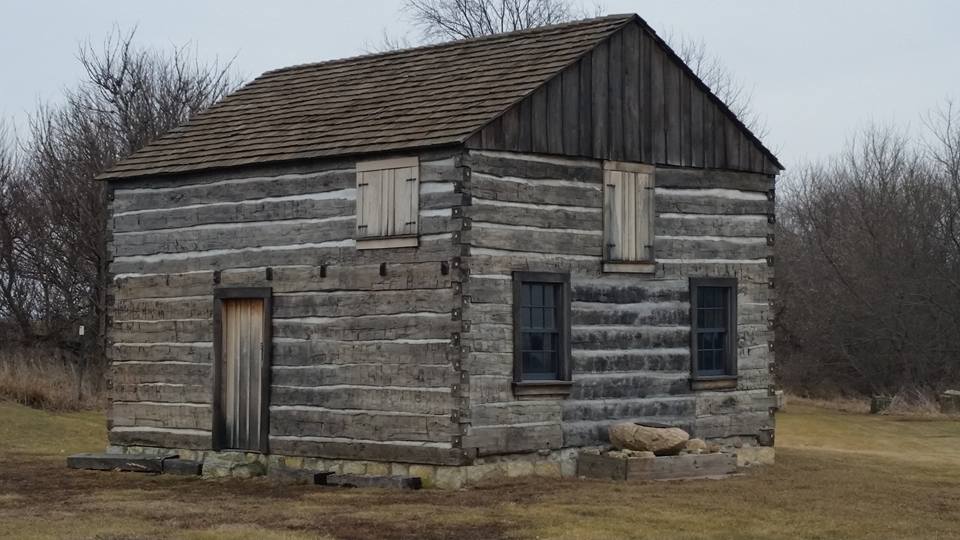







Interact with us using Facebook